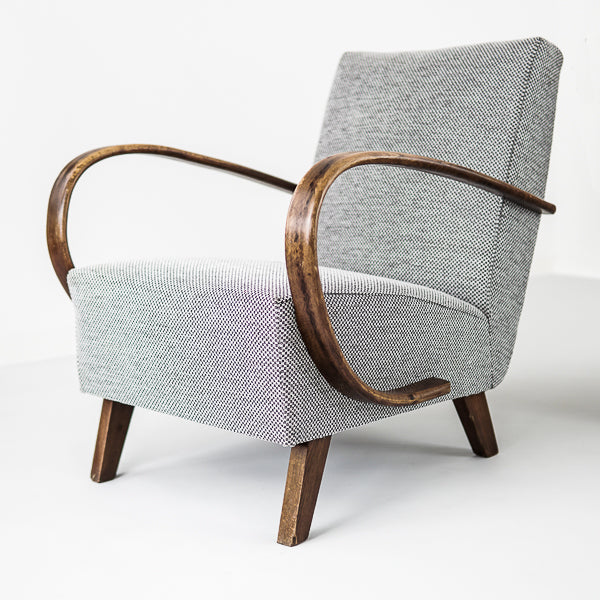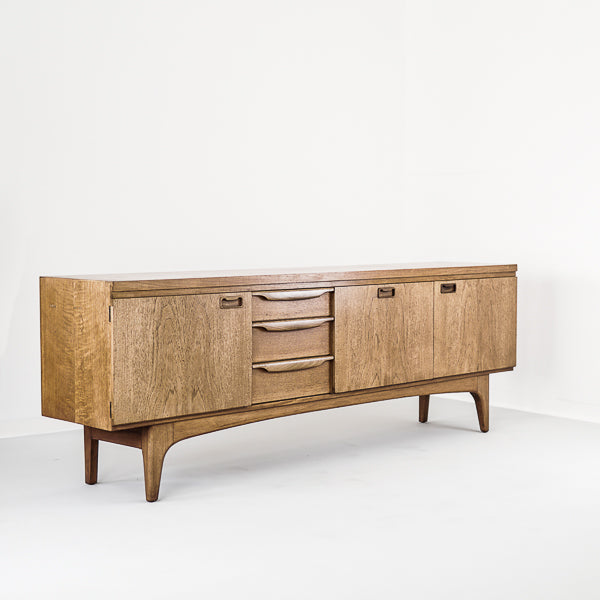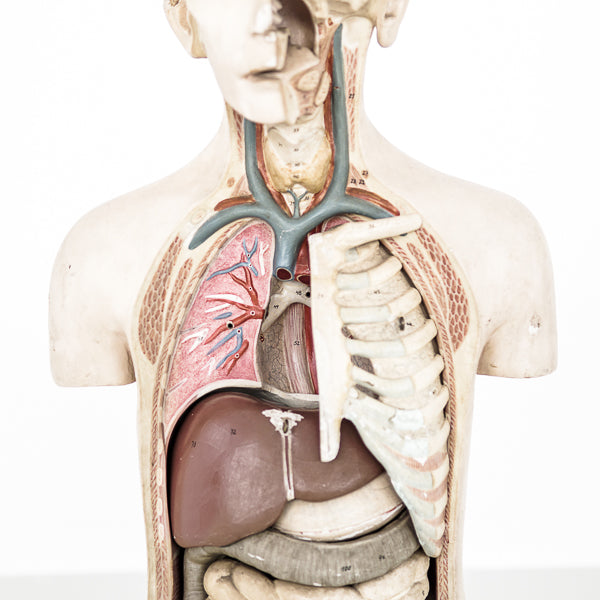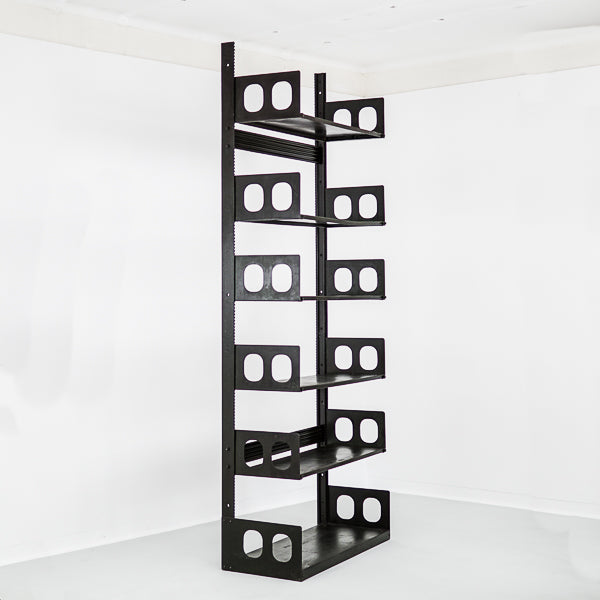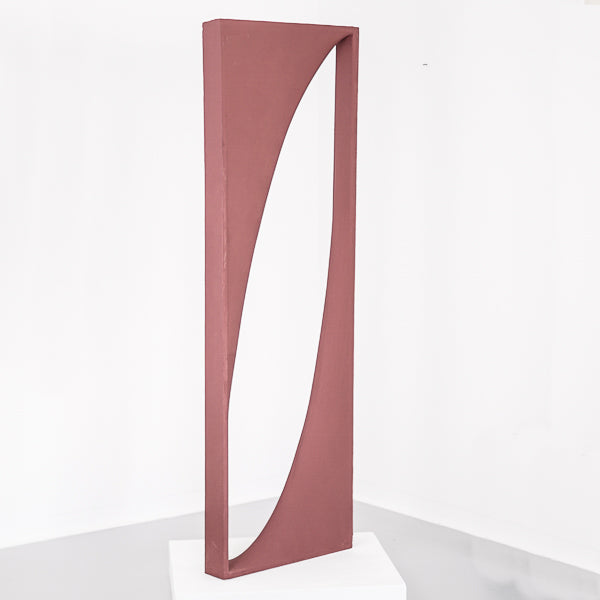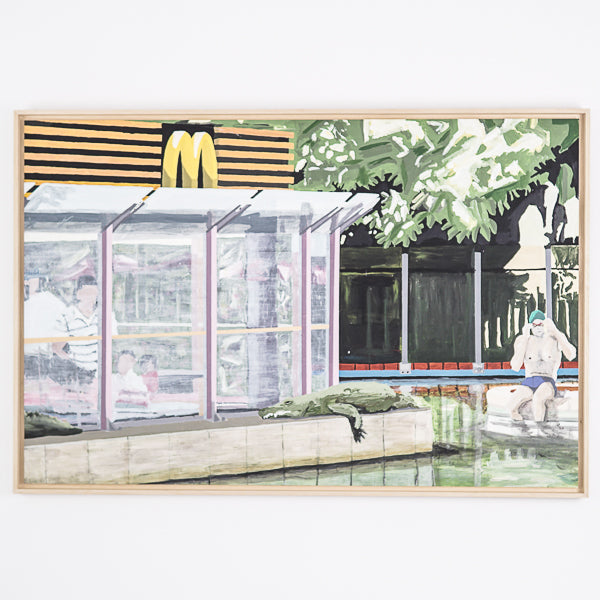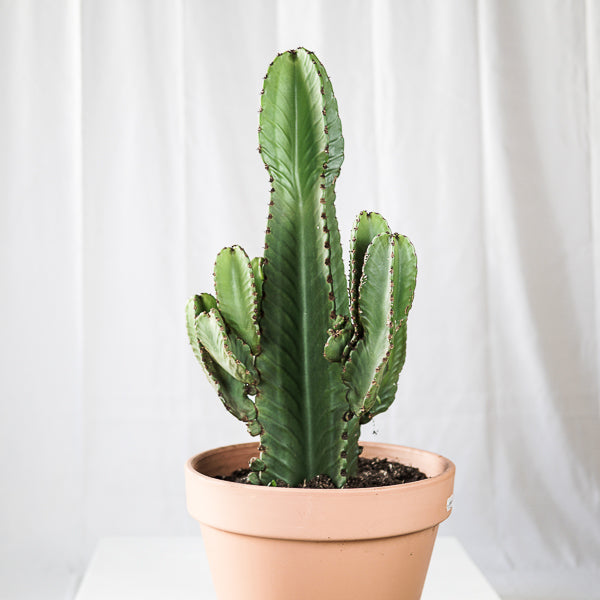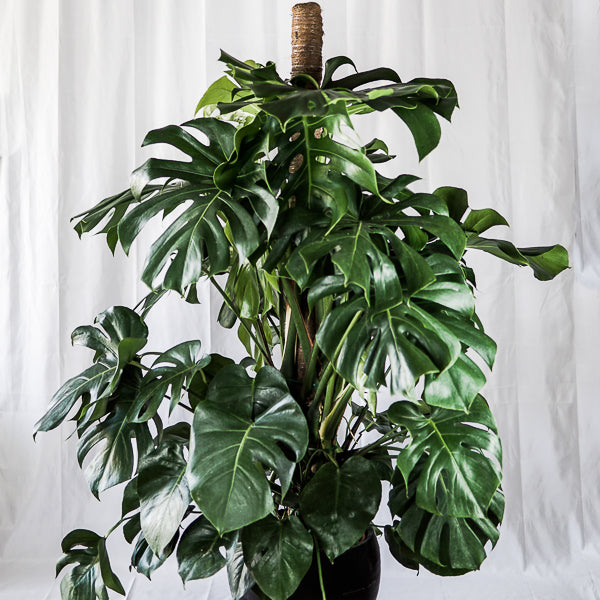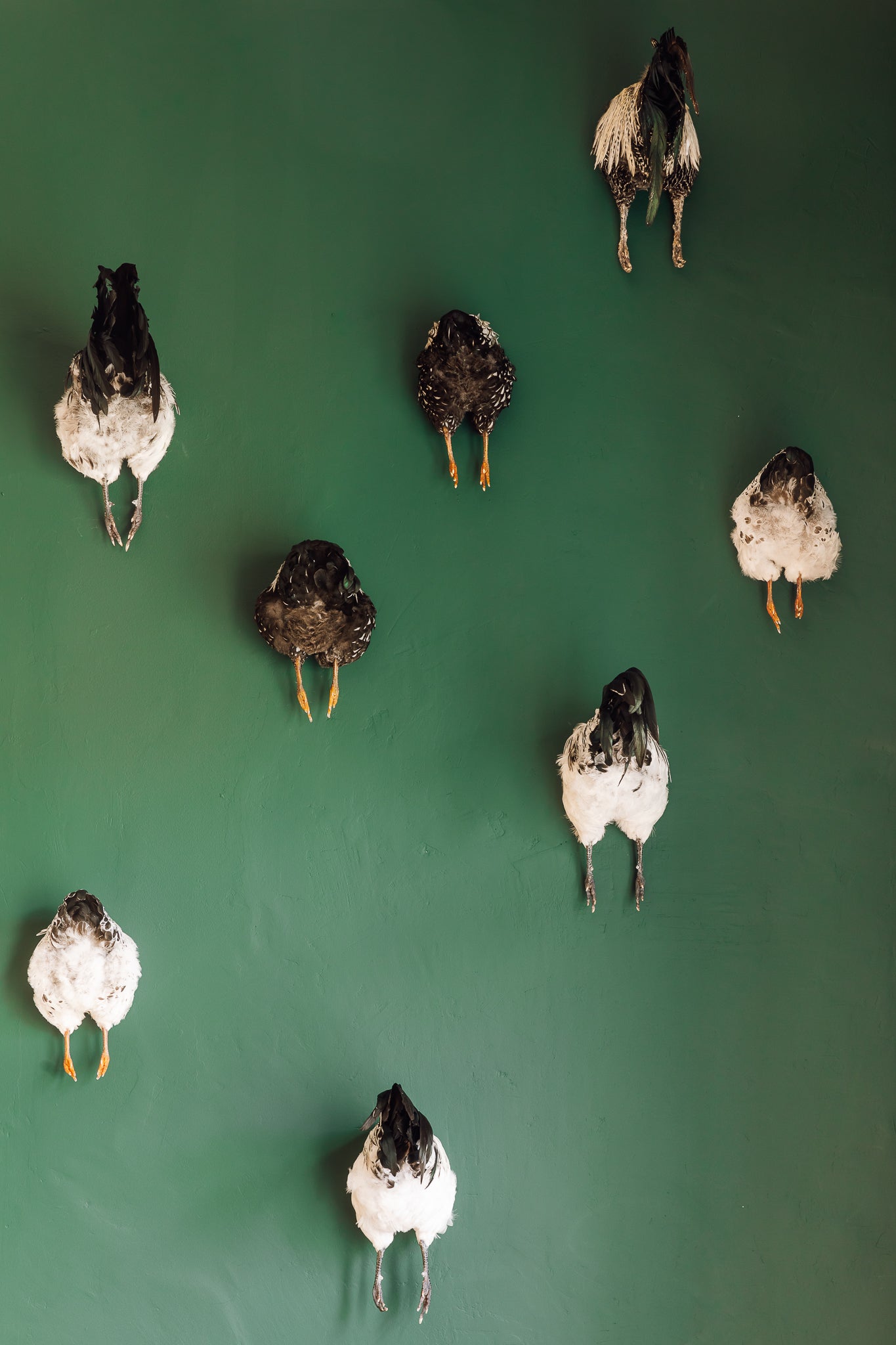Copy of About us
FURNITURE, ART AND PLANTS IN THE HEART OF LAPA
At the end of April, LX Lapa opened in a 1920s mansion ensconced amid the houses of the Lapa neighbourhood. This new concept store not only occupies two floors of this historic building but also a room in the adjoining building, where the art gallery was opened on 13 May. Sérgio and Filipa Cândido Pinheiro are the creators of the concept, which combines 20th-century furniture with art and plants scattered around the various rooms almost like it was someone’s home.


THE FOUNDERS
If, a little over a year ago, you had said to Filipa and Sérgio that in 2021 they would open a shop like this in an old mansion, they would probably have laughed. But it isn’t the first time they have made a big change in their lives, and one that has turned out okay, so this is just another career adventure and this time one born out of a passion. Filipa’s background is in engineering and Sérgio’s in management. Up until the financial crash, which started in the USA in 2008 but only manifested itself in Portugal a few years later, their careers had progressed smoothly in their respective areas. Fili pa, after maternity leave and with a new baby, even refused an offer to work in Qatar. That led to the first turning point that would bear fruit later.
Losing her job and changing house led to an opportunity. In 2012, they put their old flat online as a holiday rental property. With Lis bon becoming a tourism hotspot, the business just kept growing. They got another flat and then another and so on. Along the way, Sérgio quit his unrewarding job and joined Filipa in the tourism bu siness. They became extremely busy hoteliers with 11 flats, a small 22-room hotel and 20 staff to manage. Following the natural order of things, they set the aim of opening a 5-star hotel and, with that goal in mind, discovered an old and irresistibly charming mansion in Lapa. After establishing the business model, they began work on the architectural plans in the hope of obtaining a licence in 2020.
Then the pandemic hit, with an impact no one could have foreseen. With no income due to the hotel business falling off a cliff, they chan ged plans, with their characteristic entreneurialism, and decided to re-purpose the mansion. In April 2021 it opened as a concept store that focused on decoration, art and plants, turning a hobby into a business.

THE BUILDING
The concept store is housed in two buildings. Both are richly historical and were inhabited by the Jesuit community. The man sion, located in Lapa on the corner of Rua Maestro António Taborda and Rua Santos Pinto, is the older of the two and dates from the ear ly 1920s. In 1930, it housed the headquarters of Casa de Escritores and the editorial staff of Brotéria, a scientific and cultural magazine founded in 1902 by the Jesuit fathers. It is currently dedicated to Christianity and culture and is the oldest Portuguese magazine still in publication. The mansion was home to the magazine’s precious library, which a few years ago contained “160,000 monographs and over 200 periodicals”. In fact, it was thanks to the growing size of the library that the new building adjoining the mansion, intended to house the thousands of publications and accommodate the religious community, was built in 1955. For around 90 years, famous Jesuits who played an important role in the country’s cultural and scientific life lived and worked in the house, including the renowned Father Manuel Antunes and Father Luís Archer. It was also home to other “important figures from Portuguese literature and culture, namely the Jesuit fathers Serafim Leite, Francisco Rodrigues, Domingos Maurício, Mário Martins and Manuel Antunes.”

THE SHOP
LX Lapa is much more than a new shop. The steps that channel visitors into the mansion are framed by a garden. Only the neighbours, residents of this charismatic neighbourhood, would have been truly familiar with the property, which, for almost 100 years, was home to the Jesuits and Brotéria, now housed in the Miradouro São Pedro de Alcântara.
Sixteen of the rooms are decorated with the three key elements of the project: furniture, art and plants. The mansion, together with the adjoining building that housed the order’s bibliographical collection, covers 2,300 m2, of which 650 m2 are filled with desirable objects. This is where the Jesuits had their offices and wrote well-known essays. The rooms where the pages of the magazine Brotéria were handwritten and typed are now filled with mostly European furniture and objects replete with new memories.
During lockdown, Sérgio travelled around Northern Europe – Belgium, northern France, Germany and the Netherlands – visiting warehouses and acquiring the pieces that would be displayed in the shop. The process for each piece that arrives at LX Lapa is always the same: they are unloaded on the ground floor of the building adjoining the mansion, carried up to the first floor for treatment and restoration, taken to the second floor for photographing and cataloguing, and then put on sale on the website with full details. The pieces that need more time to repair spend some time on the third floor, in what is a kind of furniture hospital.
Damage from cups, scratches and dents, dull and worn wood, and the inevitable scars of decades of use – ie the depositories of the lives lived in homes, factories, offices, services or institutions – are treated by stripping the paint, sanding and varnishing each of the objects. This is a key process and a magical moment, of which Sérgio and Filipa are proud. It is not just because of the emotional aspect of restoring finds and iconic items, some by famous designers, but also due to the pleasure of extending their lives – it is an investment in preservation and sustainability.
Rearranged in each of the mansion’s rooms, the pieces of furniture create an imaginary home which emphasises the design of the pieces. To complement them, Sérgio and Filipa have selected plants, a key organic element to the space, and some accessories – including skins, tapestries and old signboards.
Art is the final element, represented here in photographs, paintings and sculptures, both in pieces by renowned artists, chosen in partnership with Galeria Filomena Soares, and by young emerging artists, after Sérgio and Filipa’s long visits to the city’s studios. The beauty of the space is its mutable quality. Every piece is at risk of vanishing into someone’s house and being replaced by another, found by Sérgio and Filipa on their trips around Europe in search of furniture form the last century.

THE FURNITURE
Karin Mobring designed the pine and leather Cognac Safari chairs in 1974 for Ikea in Swe-den. Today, they are relics, illuminated by the bright Lisbon light that streams through the windows. In another room, there are a number of Spider Tables, designed by Jindrich Hala-bala, one of the most preeminent designers from the former Czechoslovakia and responsible for furnishing dozens of houses in the country in the post-war period. Styled in the 1950s, these tables are notable for their curved legs, which, as their name suggests, resemble those of a spider, and their perfectly square shape. The accentuated curves of his pieces are Hala-bala’s signature style. These were made by bending the wood, a technique that in volves wet-ting the material so that it can be bent at will, which was also very fashionable among his contemporaries such as Alvar Aalto. This bentwood technique was invented in the 19th century by Michael Thonet, a German carpenter and designer who created the No. 21 Rocking Chair in 1860. The first chair he designed using this process – the 1841 Boppard Chair – went on to influence the entire modern design movement. The rocking chair available at LX Lapa is a magical piece whose curved wood is a perfect example of this revolutionary technique.
A set of Cesca Chairs with wicker caning needed special treatment due to a ripped seat. These chairs were launched by Knoll in 1968 after acquiring Gavina Group, an Italian manufacturer that represented the legendary Marcel Breuer. These chairs are an excellent example of the work of this American architect and designer, who combined artisanal methods and materials with more industrial elements, such as the tubular steel legs.
It is hard not to be struck by the Lips Vago shelves in another room. Styled for the Milan Triennial in 1951, their modular design adds versatility so that they can be adapted, for ex-ample, to hold books. Although attached to the wall, their material, weight and structure ensure robustness, and they are central to some of the world’s best-known bookshops. The design came about when two companies, the Dutch firm Lips, a specialist in safes, and Vago, an Italian metal working business, joined forces. Between the 1950s and 1970s, the Dutch company Galvanitas, which had produced school furniture since the 1930s, designed its classic S16 chair. This hard-wearing chair made of moulded steel and plywood was designed for intensive use in public buildings, hospitals and schools, and has become newly popular due to its minima list industrial design and superb quality.



PLANTS
Sérgio likes to say that many of the ills of buildings in the 80s were resolved with plants. He describes them as living sculptures and air purifying organisms. Having plants was therefore a priority once the idea of LX Lapa began to take shape in the couple’s minds. In addition to the aesthetic and decorative function, plants give the environment life, both by improving the air quality and by providing a fresh and appealing energy, which these experts in photosynthesis convey to visitors.
They work with two different suppliers – a Portuguese grower and a Portuguese importer of Dutch plants. Some are large and they are handpicked, since growing plants is a long and expensive process that only the best producers are able to do. Before they get snapped up, LX Lapa currently has leafy Swiss cheese plants, sinuous begonias, beautiful Chinese money plants and, naturally, fascinating cactuses and succulents.

ART
In addition to the gallery, which is separate and will present different exhibitions, art is a key element of the LX Lapa shop. Scattered around the 16 rooms are paintings, sculptures and photos by various artists. Sérgio and Filipa wanted to complement pieces by recognised artists – chosen from Galeria Filomena Soares in a partnership with the owners – with work by young talents, emerging artists who can use the space as a platform to exhibit.
At the entrance, Helena Almeida’s piece Looking Back from 2007 hangs imposingly above the stairs. In another room, framed by the natural contours of the mansion’s walls, are four pieces made of acrylic on paper by Pedro Barateiro between 2012 and 2014.
As regards work by young talents, Sérgio and Filipa visited dozens of studios until finding the pieces they felt were right to complement the furniture. This can include photos by Inês Mendes Leal, on the left, being applauded by glove moulds.
Francisco Trêpa and his tropical creativity appears in various rooms. His work Happy Meal, in which a swimmer and a crocodile fraternize at a McDonald’s restaurant, is impactful. Isabel Cordovil, Sebastião Cavaco and Madalena Pequito are three other artists that are noticeable when wandering through the rooms. Like the furniture, these artworks are also temporary residents, re placed by others when a buyer gives them a new home.


